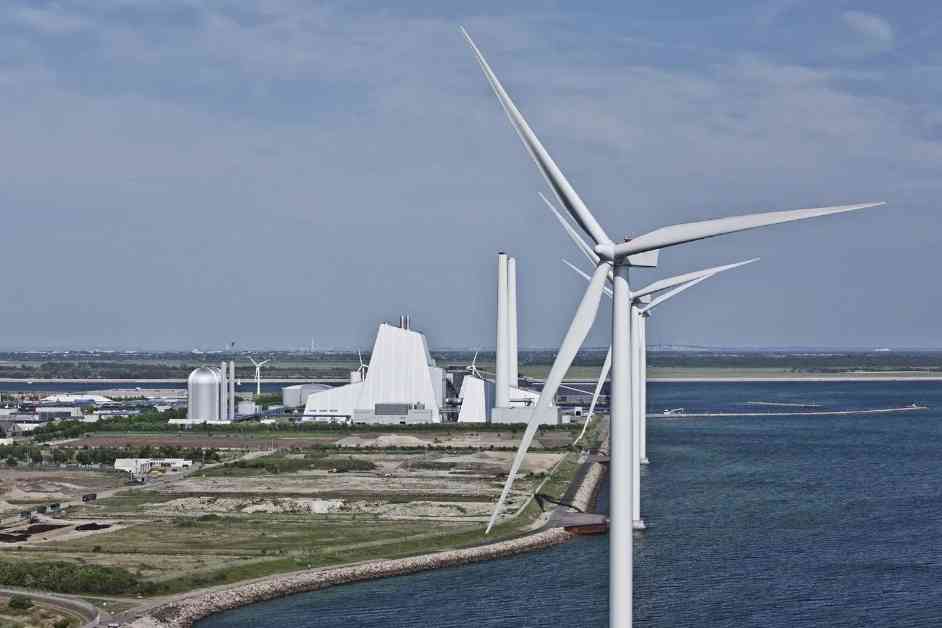Ørsted and Equinor have recently entered into a partnership that involves the sale of carbon dioxide removal (CDR) credits. Ørsted will be selling 330,000 tonnes of CO2 credits to Equinor over the course of ten years. This initiative is part of Ørsted’s larger CO2 capture and storage project called the ‘Ørsted Kalundborg CO2 Hub’. The project aims to capture 430,000 tonnes of biogenic CO2 annually starting in 2026 from two of Ørsted’s biomass-fired CHP plants. The captured CO2, which comes from sustainable biomass, will be stored permanently under the North Sea seabed, effectively removing it from the atmosphere and contributing to negative emissions.
The sale of CDR credits is essential for the success of the ‘Ørsted Kalundborg CO2 Hub’ project, as biomass-based carbon capture and storage is still in its early stages of development and comes with high costs. The support from the Danish Energy Agency and the sale of CDR credits have been crucial in financing the project.
Equinor’s involvement in this partnership is aligned with its strategy to reduce its net scope 1 and 2 greenhouse gas emissions by 50% by the end of 2030 compared to 2015 levels. While a maximum of 10% of this target can be achieved through CDR credits, at least 90% must be achieved through absolute reductions.
Ole Thomsen, Senior Vice President and Head of Ørsted’s Bioenergy business, expressed his satisfaction with the partnership, highlighting Equinor’s shared commitment to advancing carbon capture and storage technologies. The collaboration between Ørsted and Equinor extends beyond this agreement, as they are already exploring the possibility of storing CO2 in the subsurface together.
Equinor’s Senior Vice President of Strategy & Business Development, Svein Skeie, also emphasized the importance of building markets that facilitate the reduction and removal of carbon. Both companies believe that such initiatives will play a crucial role in mitigating emissions and combating climate change.
The partnership between Ørsted and Equinor signifies a step forward in the efforts to address climate change through innovative solutions like carbon capture and storage. By working together to reduce carbon emissions and promote sustainable practices, these companies are setting an example for the industry and demonstrating the importance of collaboration in achieving environmental goals.
